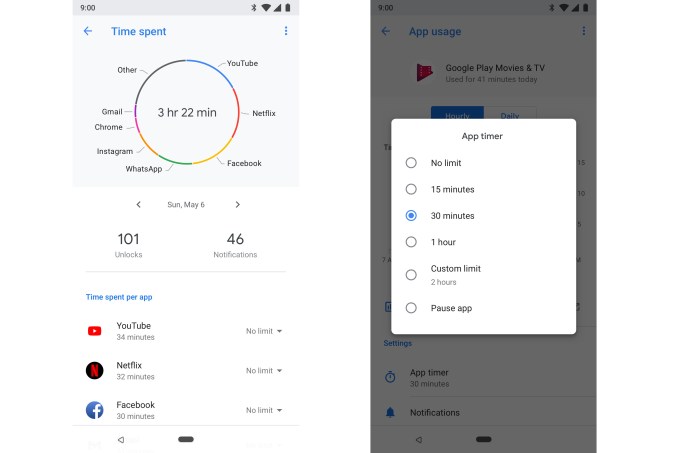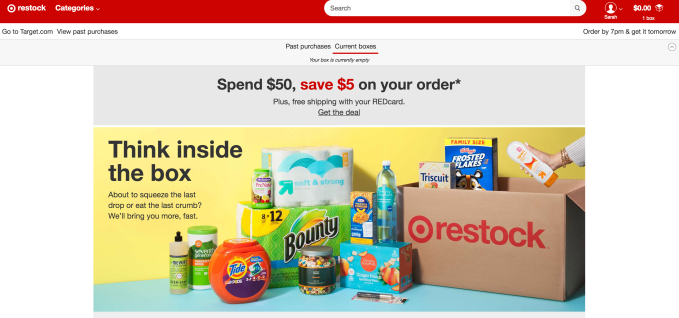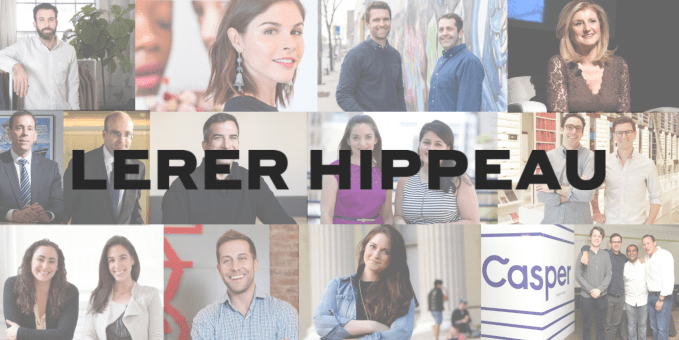Startups looking to get deep-dive into Silicon Valley but who don’t want to give away equity have not had many options to choose from in the past. There are several government-backed accelerators which simply house startups in facilities and arrange pitch nights. But many of those demos tend to sink without trace. What if you were hand-picked by a programme which simply charged you for a service?
That’s the general idea behind Founders Embassy which is now releasing its first class of 8 founders joining them in SF this summer.
Created by two women founders, the idea behind Founders Embassy is to democratize access to Silicon Valley for the most talented international startups that often lack the privilege of insider connections and resources. Believe me, I know so many international founders who I have met on my travels who would appreciate such a service.
Founders Embassy was created by Andee Gardiner and Anastasia Crew.
As an Irish citizen and the daughter of two immigrants, Gardiner is passionate about leveraging her startup knowledge, network, and creativity for international entrepreneurs entering the Valley ecosystem. Crew, a Russian native, arrived in the US 10 years ago and has previously developed programs and events for international startups, corporates, and non-profits.
Gardeiner says: “Silicon Valley has an over-preference towards people who are local, who have insider knowledge and who have a specific pedigree (such as attending an Ivy League college). It has neglected foreign startups and immigrant founders with different backgrounds, which has prevented investors from being able to find the best startups from outside the country. We wanted to create a program that gave anyone who has a great startup around the world the insider knowledge that they need to navigate Silicon Valley and create a thriving startup whether here or in their home country. We want to democratize access to the insider knowledge necessary to leverage the skills that they already have.”
The program is a 2 week bootcamp program for approximately 10 international startups to come to silicon valley, live under one roof, and receive an intensive regimen of workshops and fundraising, growth, hiring, legal, branding, PR, engineering – every possible aspect of startup growth but also the specifics of Silicon Valley: How to act at networking events, how to handle introductions, how to find the right investors for your company, how to position yourself in the Valley. They’ll also have a Summit where startups will be able to demo their startups in front of investors, potential hires, and potential partners. Meanwhile, they’re going to set up individualized programming for each of the companies based on their industries and needs, connecting them to industry-specific mentors and investors.
Most accelerators take a significant amount of equity, which, if a company is valued at something reasonable like $30 million dollars, that equity amasses to a significant amount of money for those companies. By offering startups a chance to pay cash to be introduced to the Valley ecosystem instead, they get to keep their equity. And because the program is only 2 weeks, they don’t have to be away from their team for 3 months or longer which is actually a massive opportunity cost.
Crew says: “We work with startups that have already shown that they’re somewhat de-risked and already have traction. They don’t need $50 or $100 thousand dollars, they need the skills and understanding to help them raise 2 million or more. That combined with sponsorships is how we make money and we’re now open to looking for our flagship sponsors for our first program.”
Founders Embassy will be running its “Borderless” acceleration program from May 30th to June 13th in San Francisco. And The Borderless Summit will be held on June 5th in SF, which will welcome a few hundred investors, thought leaders, and global founders. Summit speakers include some big names in tech such as Justin Kan, Baiju Bhatt, Tom McLeod, Ashley Carroll, and Erik Torenberg among others.







